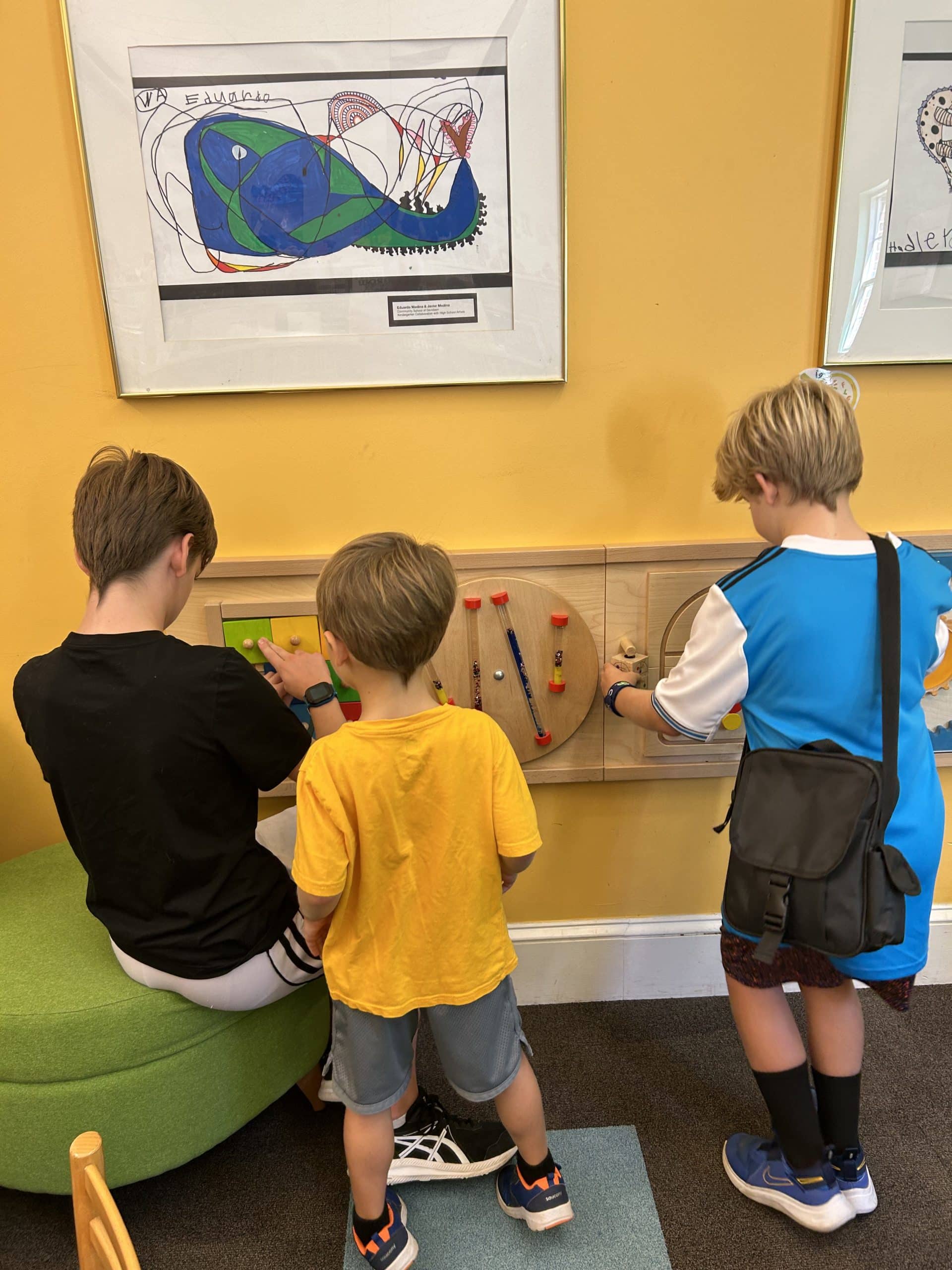Why is our country focusing on STEM and what is it? Statistics from test scores indicate that our country is falling behind in Science, Technology, Engineering, and Mathematics (S.T.E.M). In 2009 only about 34% of our 8th grade students were rated proficient or higher on a national math assessment resulting in more than one in four students scoring below the basic level on the test. Only 45 % of U.S. high school graduates in 2011 were ready for college work in math and 30% were ready in science.
STEM courses create critical thinkers, increase science literacy, and enable the next generation of innovators to lead us to new products and processes that sustain our economy. It is important that our nation make STEM education a top priority. The NSTA (National Science Teachers Association), Educate to Innovate, and National Lab Day – one of Obama’s initiatives are supporting STEM education. Considering that every election depends on choosing leaders who know how to base decisions on sound economics and how to evaluate statistics, it is important that STEM becomes the basis of our future leaders.
The history of STEM dates back to 1944 with a letter written by President Franklin D. Roosevelt to Vannevar Bush, Director of the Office of Scientific Research and Development inquiring about applying the scientific knowledge of wartime problems to peacetime. It was not until 1950 that the National Science Foundation (NSF) was created. In 1967 the College Science Improvement Program assisted undergraduate institutions in upgrading their science teaching. In 1983 the first Presidential Awards for Excellence in Science and Mathematics Teaching were presented in a White House Ceremony. And in 1990, there was an effort to bring together academia, government and the private sector to increase the number of minority scientists and engineers.
All children should have a chance to be STEM innovators. However there is a lack of gender and ethnic diversity of students entering STEM programs and career fields present many challenges. Generally, everyone should encourage schools to teach STEM classes. For more information about STEM see the article Preparing Students for STEM careers at stemcareer.com.
The future of STEM depends on women, minorities, and low-income students. Today there are few in STEM careers. Environmental and social barriers continue to block the participation and progress in STEM education for women, minorities, and low-income students. Political leaders are attempting to create more federal and state grants for schools to teach STEM courses. It is hoped that the U.S. becomes more competitive in the global economy by encouraging lower-income students, women, and minorities to engage in STEM classes and careers. STEM careers earn more that double the salary as non-STEM careers.
There are too many students across the country that do not have opportunities to participate in STEM activities or even receive top quality STEM education. We as educators and parents need to support STEM programs by encouraging students to participate and educators to receive professional development in the teaching of these courses. The National Science Foundation and the Department of Education are making a difference in supporting universities, community colleges, and K-12 schools across the nation. We must insist that our government leaders and corporations work together to help our schools for the future of our economic development.
![]()


